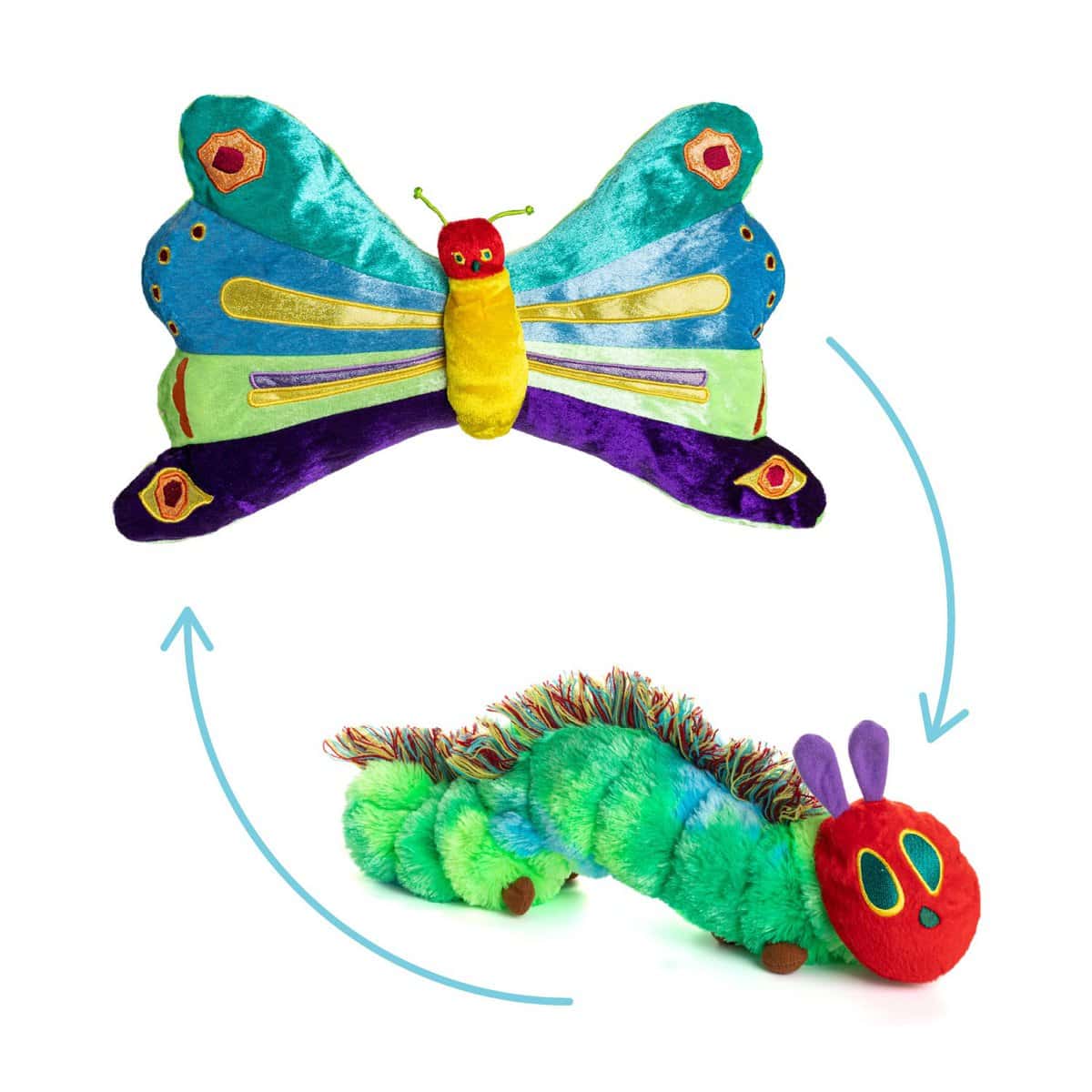Understanding Your Hungry Caterpillar: A Parent’s Ultimate Guide
Hello wonderful parents! Are you ready to discover the fascinating world of caterpillars with your little ones? Caterpillars are not just a vital part of our ecosystem, but they also offer a unique educational opportunity for children to learn about nature’s wonderful life cycles. Whether you’ve found a ravenous little guest in your garden or you’re embarking on a butterfly project at home, this guide will walk you through the essentials of understanding and caring for your hungry caterpillar.
What is a Caterpillar?
First things first—let’s talk caterpillars. Caterpillars are the larval stage of butterflies and moths. They hatch from tiny eggs and spend their days eating and growing, preparing for their spectacular transformation into winged wonders. But before they can become the beautiful flying insects we admire, there’s a lot to know about this critical growing stage.
Identifying Your Caterpillar
When it comes to raising a caterpillar, identification is key. Knowing which species you’re dealing with will help you provide the best care and nutrition. Each species has its own specific plant preferences, and feeding them the wrong type could be harmful. A great family activity is to use a local field guide or an online resource to identify the species you’ve found. Grab a magnifying glass and make it a mini-adventure!
Creating a Caterpillar-Friendly Habitat
Ready to make a comfy home for your new friend? A caterpillar habitat, or caterpillar rearing container, can be simple. You can use a clear plastic container with holes for air or a mesh butterfly garden rearing kit. The key is to ensure plenty of fresh air, a clean environment, and the correct food plant for your caterpillar inside the habitat. And remember, always handle your caterpillar gently—if you need to move them, a soft brush or a leaf is best to prevent any injury.
Feeding Your Hungry Caterpillar
You’ve probably guessed from our title that caterpillars can be quite the eaters! Providing fresh, pesticide-free leaves from the host plant your caterpillar species prefers will keep your wriggly buddy happy and healthy. Make sure to rinse the leaves to remove potential pollutants and change the food daily to prevent mold. And don’t forget, as they grow, so does their appetite—eager little munchers will need more as they prepare to pupate!
Ongoing Care and Observation
Caring for a caterpillar is a wonderful way to teach kids about responsibility and the patience needed when caring for another living creature. Track the growth of your caterpillar by keeping a diary, take pictures, and observe its behaviors. This observation period is an excellent educational tool—children can learn about metamorphosis, insect anatomy, and so much more!
Stay tuned, as we’re going to dive deeper into the care regime, the signs your caterpillar is getting ready to pupate, and how you can help support them through their transformation. We’ll also touch on the significance of caterpillars in our environment and fun activities you can do with your children to enhance their learning experience. Get ready to nurture the curiosity and cultivate the nature-lovers in your family with this hands-on adventure in the world of caterpillars!
In our next section, we’ll also address common questions and concerns that you might have as new caterpillar guardians. We understand that giving the best care to your tiny charge is a top priority, so ensuring you have all the information you need is our goal. Let’s embark on this educative journey together as our tiny friends munch their way to become majestic butterflies!

5 Essential Things Parents Should Know When Preparing for a Hungry Caterpillar
1. The Right Food is Crucial
Just like a newborn baby, one of the first things you need to establish is a proper diet for your caterpillar. Depending on the species, caterpillars can be very particular about what they eat. Many caterpillars are monophagous, meaning they will only eat leaves from a single type of plant. Do your research or consult an expert to find out what kind of leaves your caterpillar needs, ensuring they are organic and chemical-free to support healthy growth.
2. Prepare for Their Growth
Caterpillars grow rapidly, and as they do, their need for food will increase exponentially. Before you know it, your little caterpillar will start to outgrow its skin, a process called molting, which they do several times before they pupate. It’s necessary to provide an ample supply of food and room in their habitat to accommodate their growth spurts.
3. Create a Safe and Comfortable Environment
Your caterpillar’s habitat should be a safe haven that mimics their natural environment. Make sure the enclosure is clean, well-ventilated, and secure to protect them from predators. Add sticks for them to crawl on and create a space for them to hang when they are ready to morph into a chrysalis. Regular cleaning is mandatory to prevent the growth of mold and bacteria that could harm your caterpillar.
4. Understand the Lifecycle
Embrace the opportunity to educate yourself and your children about the life cycle of a caterpillar. Understanding the stages from egg to larva (caterpillar), to pupa (chrysalis), and finally to adult butterfly or moth offers invaluable teaching moments. Encourage your kids to document each phase and notice the changes that happen. This is both a fascinating and rewarding educational experience for the entire family.
5. Patience is Key
The process from caterpillar to butterfly can take several weeks, and it’s important to remain patient. There will be periods when the caterpillar seems not to be eating or moving, especially when it is molting or getting ready to pupate. Explain to children that the caterpillar is not sick or dead; it is just part of the natural cycle. Patience will be rewarded when the caterpillar emerges as a butterfly and the entire family can experience the joy of releasing it into the wild.
Remember, embarking on the journey of raising a caterpillar is not just about providing care; it is about participating in the wonder of nature’s cycles and fostering a lifelong love and respect for our environment in your children.
Making the Most of Your Caterpillar Adventure
As you and your family get more comfortable with caterpillar care, there’s so much more to explore. This experience can create lasting memories and a foundation of respect for nature in your children. Enjoy the fascinating transformation and the qualities of nurturing and patience it can instill in your kids. And when you see your butterfly take its first flight, you’ll know that you have shared something truly magical with your children — the miracle of life and transformation.
As your curious little caterpillar munches away, keep in mind that you’re not just fostering an insect; you’re raising awareness, developing responsibility, and sparking a joy for learning in your child that will last a lifetime.
For more great fun click here. For more information see here
Disclaimer
The articles available via our website provide general information only and we strongly urge readers to exercise caution and conduct their own thorough research and fact-checking. The information presented should not be taken as absolute truth, and, to the maximum extent permitted by law, we will not be held liable for any inaccuracies or errors in the content. It is essential for individuals to independently verify and validate the information before making any decisions or taking any actions based on the articles.




